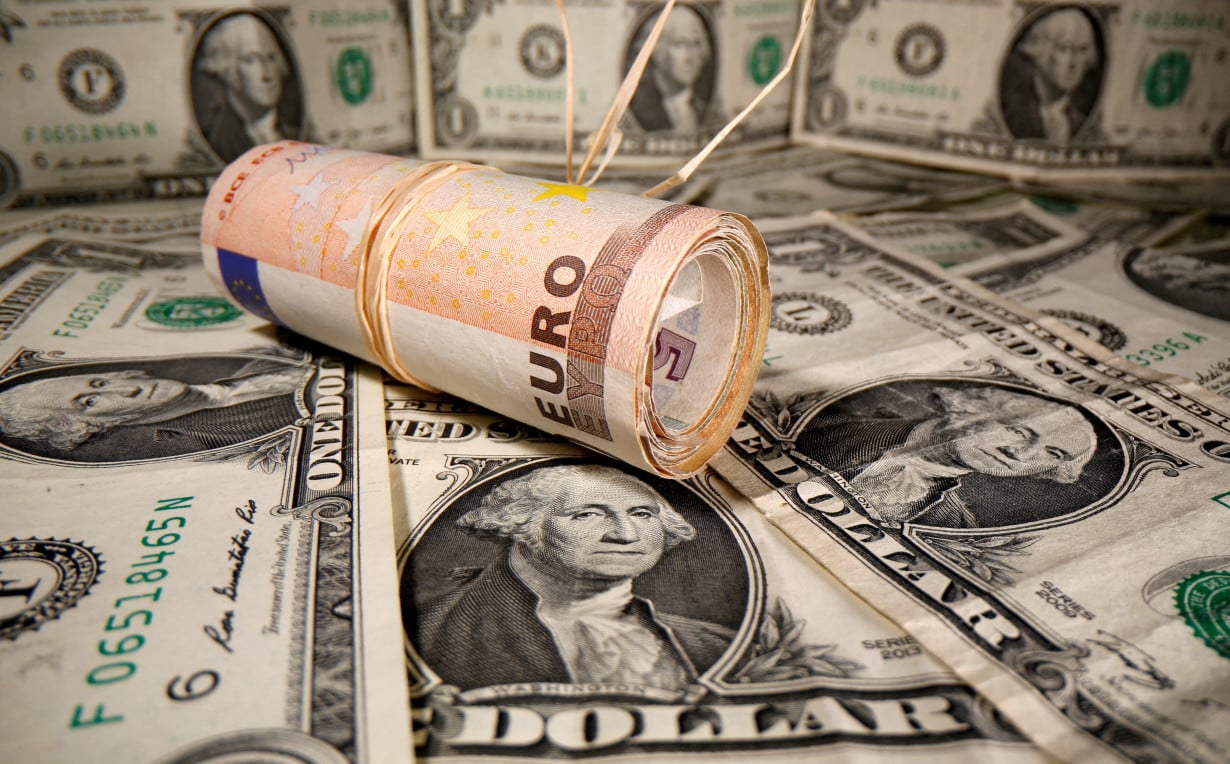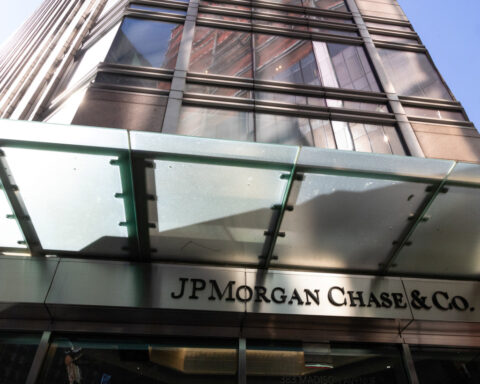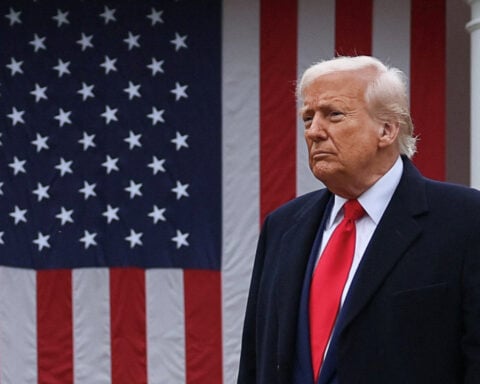By Stefano Rebaudo
(Reuters) - The premium investors enjoy from holding U.S. government debt over that of Germany is set for its biggest quarterly drop in years, with tectonic fiscal policy shifts on both sides of the Atlantic expected to shrink this gap further, luring more cash to Europe.
The spread between U.S. and German 10-year bond yields reflects the difference in how much it costs each government to borrow over the long term.
It has fallen by 62 basis points (bps) since the start of the year to 158 bps, and is set for its biggest quarterly fall since the global financial crisis in 2008, excluding moves during the pandemic.
The gap reflects the divergence in interest rates and economic outlooks and is crucial for both investment flows and the euro/dollar exchange rate, which in turn affects trade balances, inflation levels, and corporate profits.
Germany in March approved plans for a massive spending splurge, jettisoning decades of fiscal conservatism, which sent bond yields soaring.
Since taking office on January 20, U.S. President Donald Trump, who promised to enact huge tax cuts, has been rolling out tariffs on major trade partners, as well as slashing the federal government workforce and starting the deportations of migrants he promised on the campaign trail.
U.S. economic data is starting to falter and investors are worried about a slowdown in growth, prompting a fall in Treasury yields.
"Fiscal policy outlook is now the main reason behind the current divergence between the euro area and the U.S.," said Athanasios Vamvakidis, global head of forex strategy at BofA.
Some analysts and investors believe the U.S./German spread, which is narrowing as German yields rise, could fall below 100 bps - a level not seen with any regularity since 2013.
"A recession should be a scenario when the Treasury yields collapse, and the spread goes to levels seen between 2000 and 2009 when it averaged 30 bps," said Padhraic Garvey, regional head of research Americas at ING, who sees the spread at below 100 bps, possibly at 75 bps.
Garvey said a recession is not ING's base-case for the U.S. economy. He sees Bund yields at 3.00-3.50% and said U.S. 10-year yields are close to neutrality at 4.3%.
U.S. Treasury Secretary Scott Bessent didn’t rule out such a scenario in a recent interview.
"Consumers feel threatened by possible layoffs not just in the government but also in the private sector," said Thierry Wizman, global forex and rates strategist at Macquarie.
"Companies suffer from the uncertainty about U.S. tariffs. This backdrop is consistent with lower U.S. yields," Wizman added, arguing that “it is not inconceivable” to see a spread below 100 bps.
BID FOR BUNDS?
Barclays thinks Bund yields could test 3%, up from 2.8% now, if tariff risks do not materialise or are less intense than feared. U.S. 10-year yields are around 4.37%.
Higher yields tend to attract more capital from investors seeking better returns for their cash. The shift in the U.S./Bunds spread has supported the euro, which has gained 4% in the three months to March, its best quarterly performance since the fourth quarter of 2023. European stocks are set for their best first-quarter relative to U.S. stocks in a decade.
“Interest in Europe was amazing among U.S. investors,” said Reinout De Bock, strategist at UBS after a trip to the U.S. last week to meet clients.
“Since the euro crisis, I have not seen so much interest in Europe on a New York visit, but clients are struggling to gauge to what extent it is a growth-positive story for Germany versus other (euro area) countries,” he added.
Vasileios Gkionakis, senior economist at Aviva, meanwhile, says the link between nominal GDP growth and long-term yields could lead Bunds to 3.5%, with a potential overshoot to 4%.
However, higher government investment will stimulate growth and productivity given the boost in the public capital stock. That could strengthen the safe-haven appeal of German Bunds, which might in turn help limit a larger increase in yields and even push them lower.
(Reporting by Stefano Rebaudo, editing by Amanda Cooper and Hugh Lawson)

 Trump has begun another trade war. Here's a timeline of how we got here
Trump has begun another trade war. Here's a timeline of how we got here
 Canada's leader laments lost friendship with US in town that sheltered stranded Americans after 9/11
Canada's leader laments lost friendship with US in town that sheltered stranded Americans after 9/11
 Chinese EV giant BYD's fourth-quarter profit leaps 73%
Chinese EV giant BYD's fourth-quarter profit leaps 73%
 You're an American in another land? Prepare to talk about the why and how of Trump 2.0
You're an American in another land? Prepare to talk about the why and how of Trump 2.0
 Chalk talk: Star power, top teams and No. 5 seeds headline the women's March Madness Sweet 16
Chalk talk: Star power, top teams and No. 5 seeds headline the women's March Madness Sweet 16
 Purdue returns to Sweet 16 with 76-62 win over McNeese in March Madness
Purdue returns to Sweet 16 with 76-62 win over McNeese in March Madness







